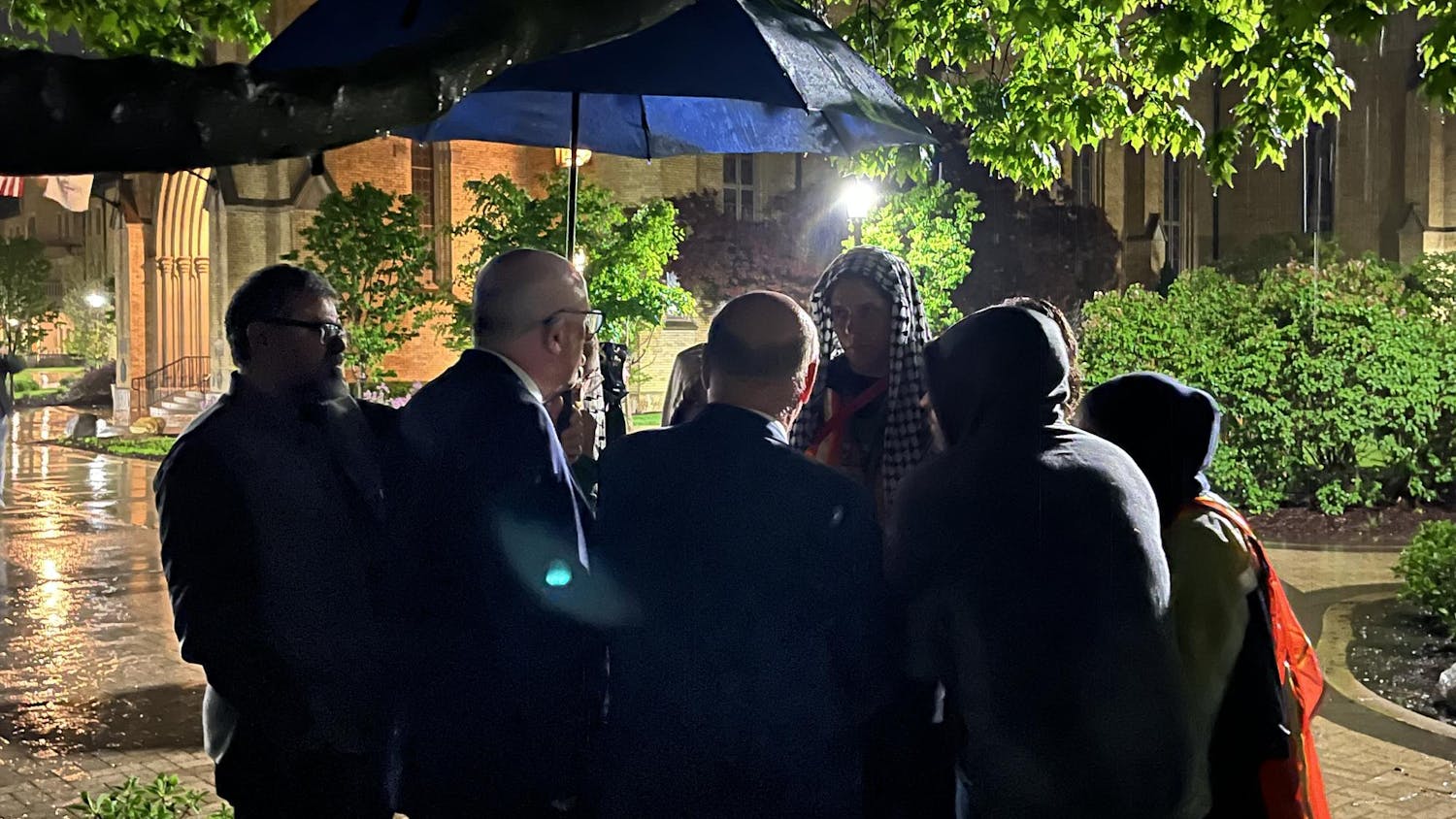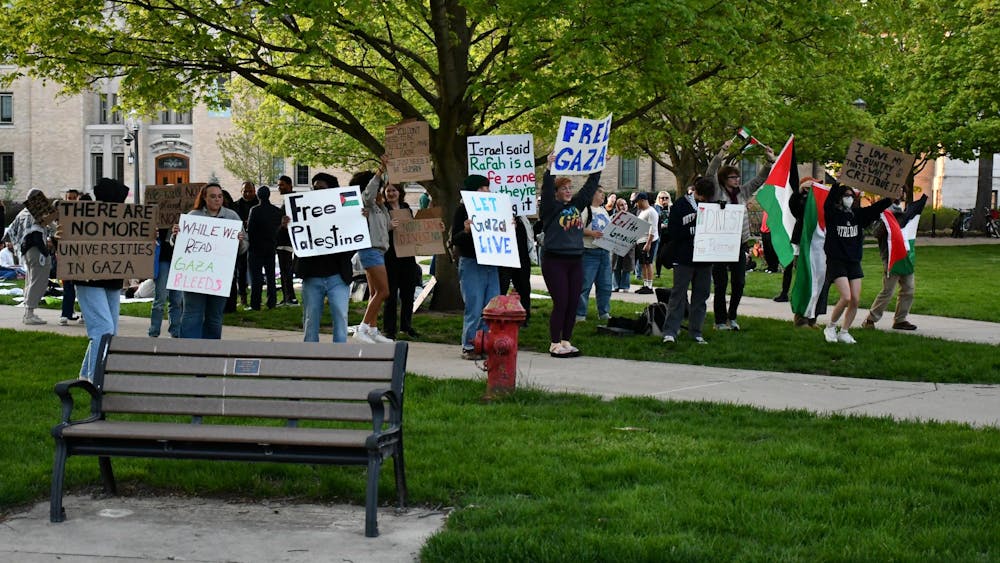It was with great distaste that I heard the verdict on one of the Supreme Court’s recent rulings. The decision in Schuette v. BAMN, the aforementioned case, concluded that there is no authority in the Constitution of the United States that prohibits the cumulative voter’s determination, in the state of Michigan, to ban the use of race-sensitive policies in respect to admissions, otherwise known as Affirmative Action, into public universities and colleges within the state of Michigan. The upholding of Michigan’s amendment to ban affirmative action gives leeway to the rest of the states to ban affirmative action without fearing its federal unconstitutionality.
Now, I don’t claim to know much about constitutional law, so I will not argue with the court’s decision nor do I wish to pointlessly try to rally any sort of coalition explicitly against the ruling, but I do wish to shed some light on concerns pertaining to this unfortunate ruling.
In the dissent of the ruling authored by Justice Sonia Sotomayor and joined by Justice Ruth Bader Ginsburg, the associate justices raise the question of why, of all types of holistic judgment taken into account in the admissions process, should race be the only one to be eliminated.
Justice Sotomayor points out, “a citizen who is a University of Michigan alumnus, for instance, can advocate for an admissions policy that considers an applicant’s legacy status … [and the] same options are available to … policies that consider athleticism, geography, area of study, [however], the one and only policy a Michigan citizen may not seek through this long-established process is a race-sensitive admissions policy that considers race in an individualized manner … to achieve diversity.” Justices Sotomayor and Ginsburg are trying to point out to the court and their readers that holistic judgment, or qualities to which a numerical value cannot be given such as life experiences, life struggles, and ultimately things that the student cannot control, is taken into account in the admissions process except for the consideration of race.
In other words, a minority student’s decision to be a minority is as defining as a legacy student’s say in where their parents went to school: nonexistent. So why should this near nepotistic practice be allowed and not race-conscious criteria? I fail to see how this isn’t some form of ongoing institutionalized affirmative action where the majority of beneficiaries happen to be ethnic white students.
Additionally, the truth is that generally, though not subject to always, the average white student has a radically different time growing up than the average urban youth of color and affirmative action is the federal government’s way of closing the giant gap between the majority and minority in America. The truth is that as social minorities living in this country our lives are radically different, and we cannot hope to be completely understood by the entire majority. We cannot change, and we will not change these inherent differences, but given them we should be rejoicing in each other’s diversity. Why are we not doing this? Is it perhaps that people seem to be more comfortable in hiding our differences and act like nothing is really wrong?
Justice Ruth Bader Ginsburg says, “race matters because of persistent racial inequality in society — inequality that cannot be ignored and that has produced stark socioeconomic disparities.” Ignoring the fact that America’s low income and low performing schools are over-enrolled with minority students, high school graduation rates for minorities are tanking and that minority students are still not gaining higher education in higher proportions is worrying. Not acknowledging this is turning a blind eye to injustice and turning a blind eye is living in ignorance.
Chief Justice John Roberts is hesitant to believe such race-sensitive admissions policies are effective. He believes that we live in a society where minorities are not discriminated against anymore and that the affirmative action laws enacted after the civil rights movements are futile, because we’re not living in those times of such (apparent) social inequality. Chief Justice Roberts believes that race-sensitive admissions polices might “do more harm than good.” However, Mr. Chief Justice, do you really think this is the solution? Not giving the opportunity to a huge portion of the minority’s ability to attain a higher education by closing the gaps inherently created by uncontrollable things like race and culture.
Do you think turning a blind eye is the way to go, Mr. Chief Justice? After all, affirmative action is not about allowing less qualified and mentally incapable students into any universities. Affirmative action does not make minorities immune to rejections from universities. It never has and it never will. Affirmative action has never been about allowing the less qualified in, but about giving the students of ethnic minority groups the chance to gain an education that they might never have been able to receive due to impediments created by differences in class and cultural backgrounds.
Do you believe, Mr. Chief Justice, given all the statistics of the horrendous results of some universities that have banned affirmative action policies, that this is the right step for the country? Do you believe minorities are truly equal now?
Cesar Hernandez
Freshman
Fisher Hall
April 23













